Heartleaf Philodendron (Philodendron hederaceum) is one of the most popular and easiest indoor plants to grow. Known for its graceful trailing vines and heart-shaped, glossy green leaves, this tropical native hails from the rainforests of Central and South America. It thrives in a wide range of home environments and has a reputation for being particularly resilient, even for beginners.
While it’s a forgiving plant, one of the most crucial aspects of keeping your Heartleaf Philodendron healthy and attractive is watering it correctly. Both overwatering and underwatering can harm this plant — though, like many tropical species, it prefers a moist yet well-drained soil environment.
In this comprehensive guide, we’ll explore how often you should water a Heartleaf Philodendron, what factors influence its water needs, how to recognize signs of watering mistakes, and essential tips to keep it thriving indoors or outdoors.
Understanding the Natural Habitat of Heartleaf Philodendron
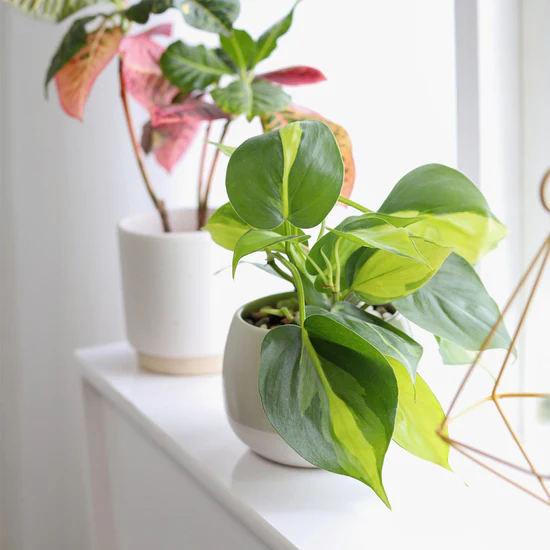
In its native habitat, the Heartleaf Philodendron grows:
- Underneath dense rainforest canopies
- In humid, warm environments
- In rich, moist, well-draining soil
- Climbing up trees or trailing along the forest floor
These growing conditions give important clues about how this plant likes to be cared for — it enjoys consistent moisture but cannot tolerate soggy or waterlogged soil.
How Often Should You Water a Heartleaf Philodendron?
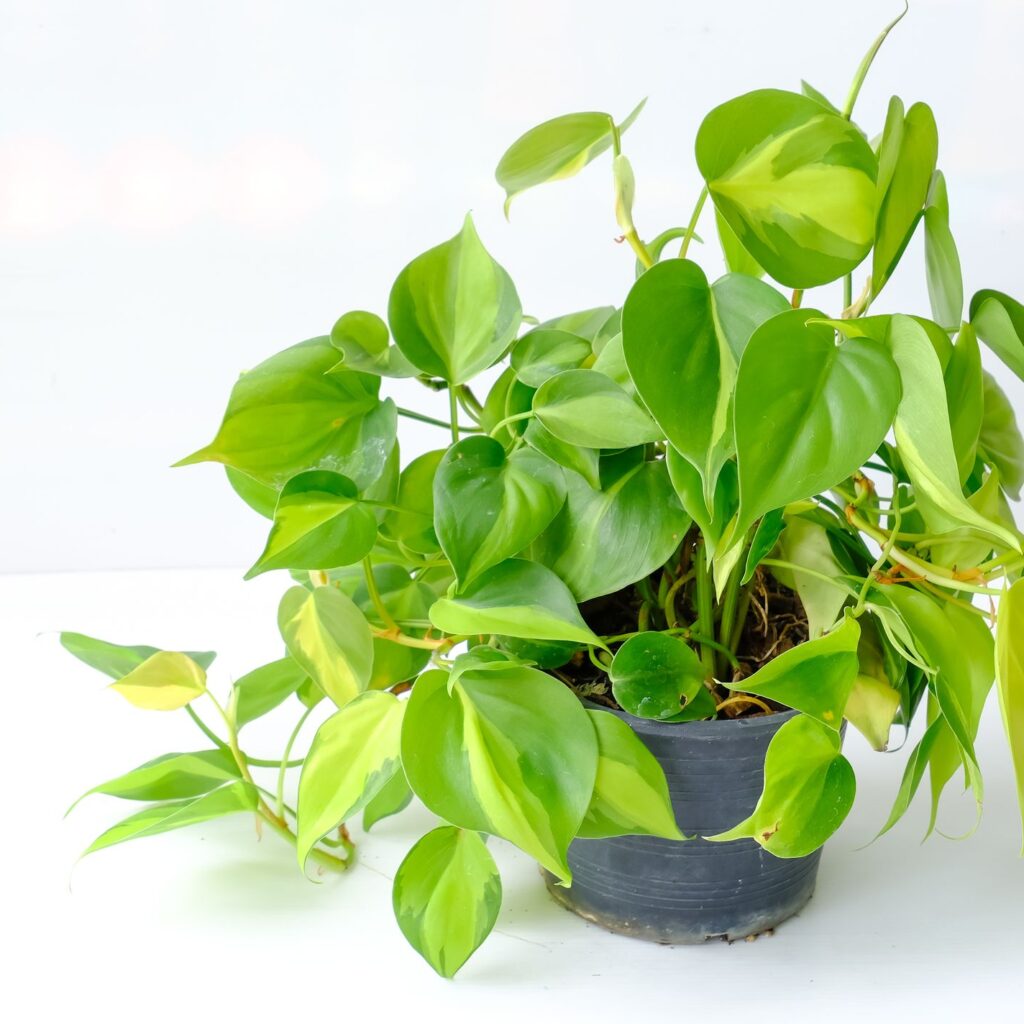
1. General Watering Schedule
A practical, general watering schedule for a Heartleaf Philodendron is:
- Every 7–10 days during the growing season (spring and summer)
- Every 14–21 days during cooler months (fall and winter)
Key Rule:
Let the top 1–2 inches of soil dry out before watering again.
Unlike desert succulents, this plant appreciates evenly moist soil but will quickly suffer if left in standing water.
Factors That Influence Heartleaf Philodendron’s Watering Needs
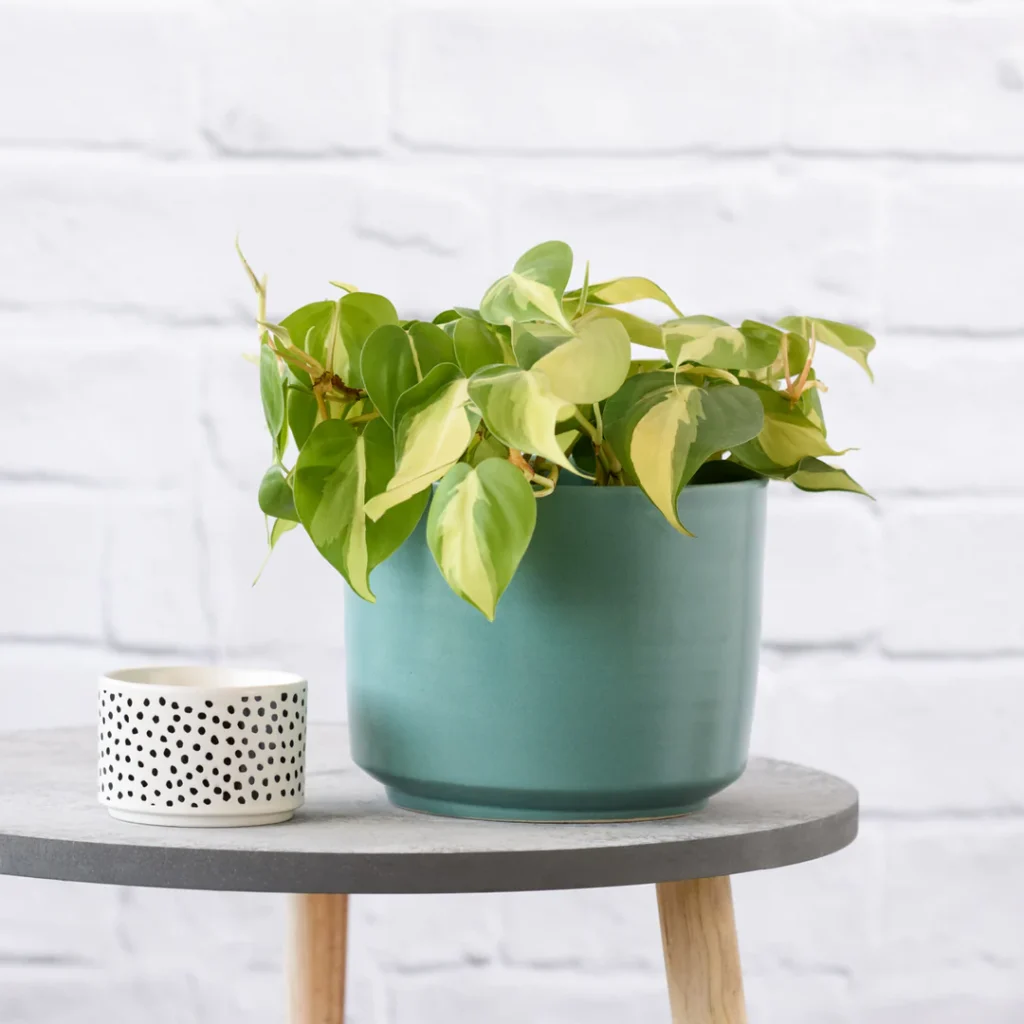
Several environmental and care factors affect how often you’ll need to water your Heartleaf Philodendron:
1. Temperature and Season
- Warm temperatures (above 24°C/75°F) increase evaporation and plant activity, requiring more frequent watering.
- Cooler temperatures (below 18°C/64°F) slow growth and reduce water needs.
Tip: In hot, dry spells, check your plant’s soil more often.
2. Humidity
Heartleaf Philodendron thrives in moderate to high humidity (50–70%):
- In dry, indoor air, soil dries out faster.
- In naturally humid environments, the soil stays moist longer.
Tip: Consider misting the leaves occasionally or using a humidifier in dry climates, especially during winter.
3. Light Exposure
- Bright, indirect light increases photosynthesis and water consumption.
- Low-light conditions slow growth and reduce water needs.
Tip: If your plant sits near a sunny window, it will need more frequent watering than one placed in a dim hallway.
4. Soil Type and Drainage
Heartleaf Philodendrons prefer light, well-draining soil rich in organic matter. Ideal mixes include:
- General indoor potting soil with added perlite or coarse sand
- Peat-based mixes for extra moisture retention
Tip: Avoid dense, clay-heavy soils that retain too much water.
5. Pot Size and Material
- Smaller pots dry out faster than large ones.
- Terracotta pots allow for faster moisture evaporation than plastic or glazed ceramic pots.
Tip: Always use pots with drainage holes to avoid standing water at the bottom.
How to Check Soil Moisture Before Watering
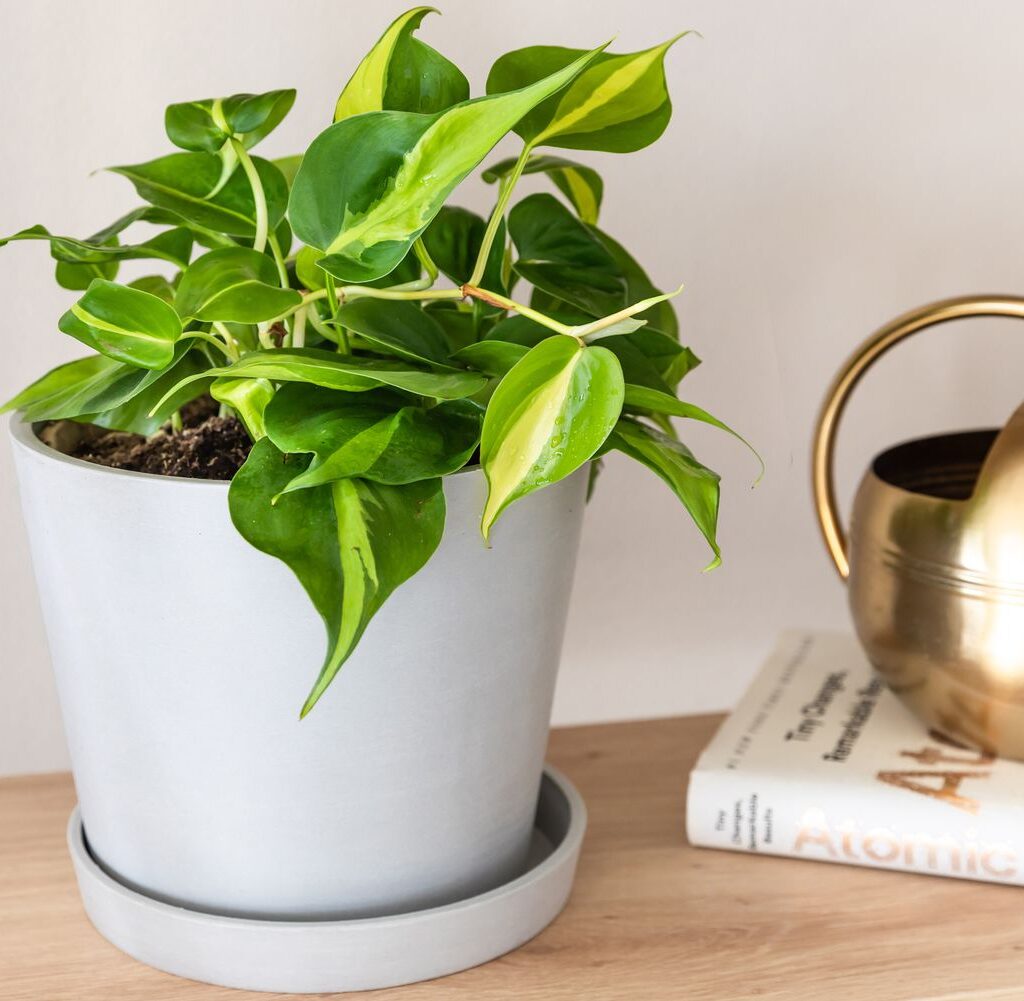
Never water your plant on a fixed schedule without checking the soil first. Here’s how to assess moisture:
1. Finger Test
Insert your finger about 1–2 inches into the soil:
- If it feels dry, it’s time to water.
- If it feels moist, wait a few more days.
2. Moisture Meter
A handy tool that provides an accurate reading of soil moisture levels.
3. Visual and Tactile Inspection
- Dry soil appears light in color and feels crumbly.
- Moist soil is darker and clings lightly to your finger.
Signs of Overwatering and Underwatering
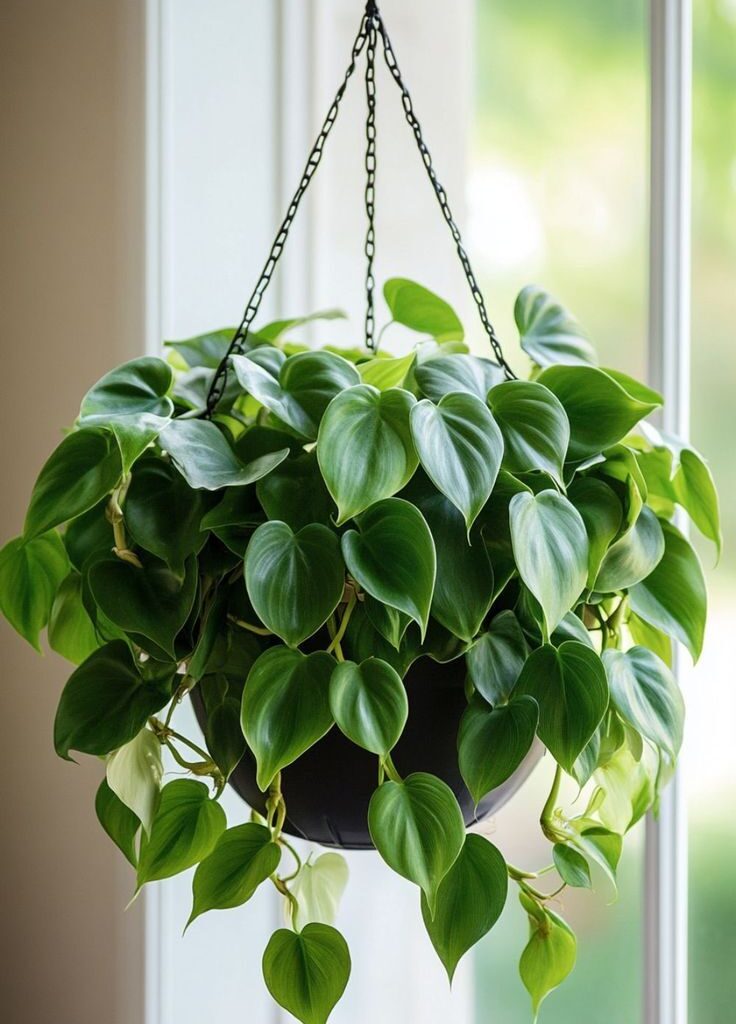
Spotting these signs early can help prevent damage to your plant.
1. Signs of Overwatering
- Yellowing leaves, starting from the lower stems
- Wilting leaves despite wet soil
- Mushy, soft stems
- Foul, musty-smelling soil
- Black, decaying roots (if repotted)
Solution:
Reduce watering, improve drainage, remove yellow or mushy leaves, and repot in fresh, dry soil if necessary.
2. Signs of Underwatering
- Drooping, wilting leaves
- Dry, crispy leaf edges or tips
- Slower growth
- Leaves turning brown and falling off
Solution:
Water deeply until excess flows from the drainage holes and check soil moisture more frequently.
Best Watering Techniques for Heartleaf Philodendron
1. Water Deeply and Evenly
Water the soil thoroughly until excess water drains from the bottom of the pot. This encourages deep root growth.
Tip: Empty saucers after watering to prevent standing water.
2. Avoid Overhead Watering
Water directly into the soil to prevent leaf spotting or fungal issues, especially in low-light rooms.
3. Use Room-Temperature, Non-Chlorinated Water
Cold or heavily chlorinated water can shock or damage the plant. Use:
- Filtered water
- Rainwater
- Tap water left out overnight
Seasonal Watering Guidelines
| Season | Watering Frequency | Additional Tips |
|---|---|---|
| Spring/Summer | Every 7–10 days | Increase watering during heatwaves; check soil more often |
| Autumn/Winter | Every 14–21 days | Reduce watering significantly as growth slows in cooler months |
Common Watering Mistakes to Avoid
- Watering on a strict schedule without checking soil moisture
- Using dense, poorly draining soil
- Leaving water in saucers for prolonged periods
- Allowing soil to become bone dry for extended periods
- Watering too lightly, leading to shallow roots
Extra Care Tips for a Thriving Heartleaf Philodendron
- Rotate your plant regularly so all sides receive equal light.
- Wipe leaves with a damp cloth to remove dust and promote photosynthesis.
- Fertilize every 4–6 weeks during the growing season with a balanced, diluted liquid fertilizer.
- Prune leggy vines to encourage fuller growth and remove damaged leaves.
- Repot every 1–2 years to refresh the soil and prevent root crowding.
Conclusion
Heartleaf Philodendrons are hardy, adaptable houseplants that thrive in a variety of indoor environments. While relatively low-maintenance, their long-term health depends heavily on proper watering practices.
As a general guideline, water your Heartleaf Philodendron every 7–10 days in spring and summer, and every 14–21 days in fall and winter. Always allow the top 1–2 inches of soil to dry out before watering and adjust based on temperature, humidity, and light exposure.
By paying attention to your plant’s natural cues and environmental conditions, you’ll enjoy a lush, trailing Heartleaf Philodendron that purifies your air and adds vibrant greenery to your home year-round.
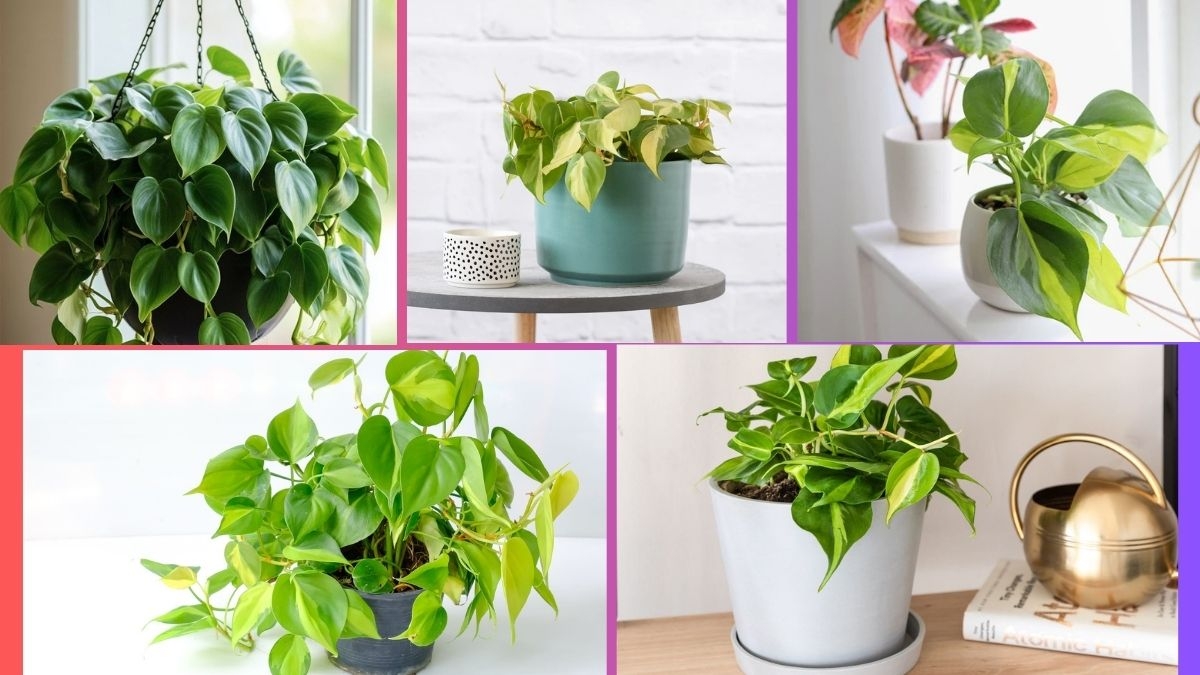



Leave A Comment